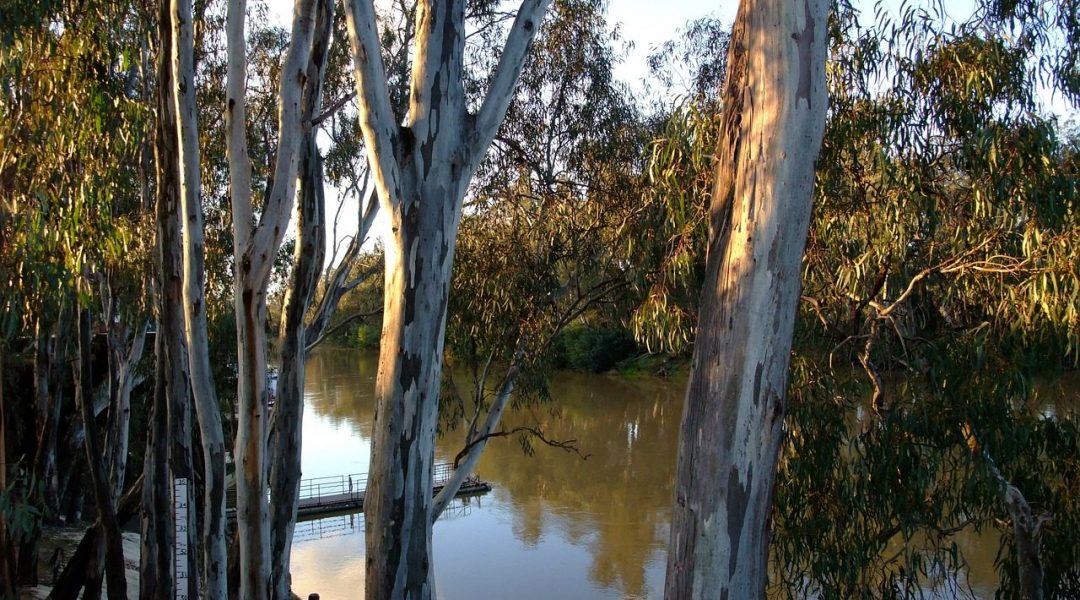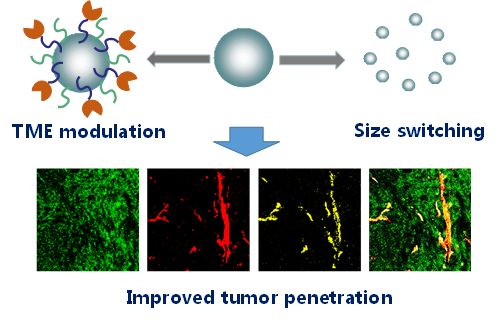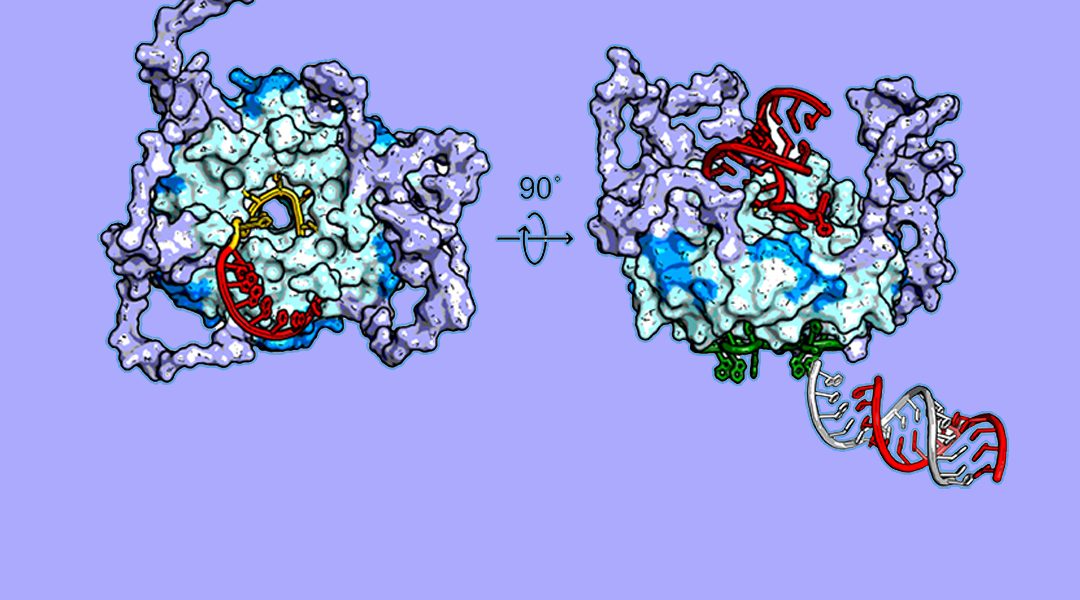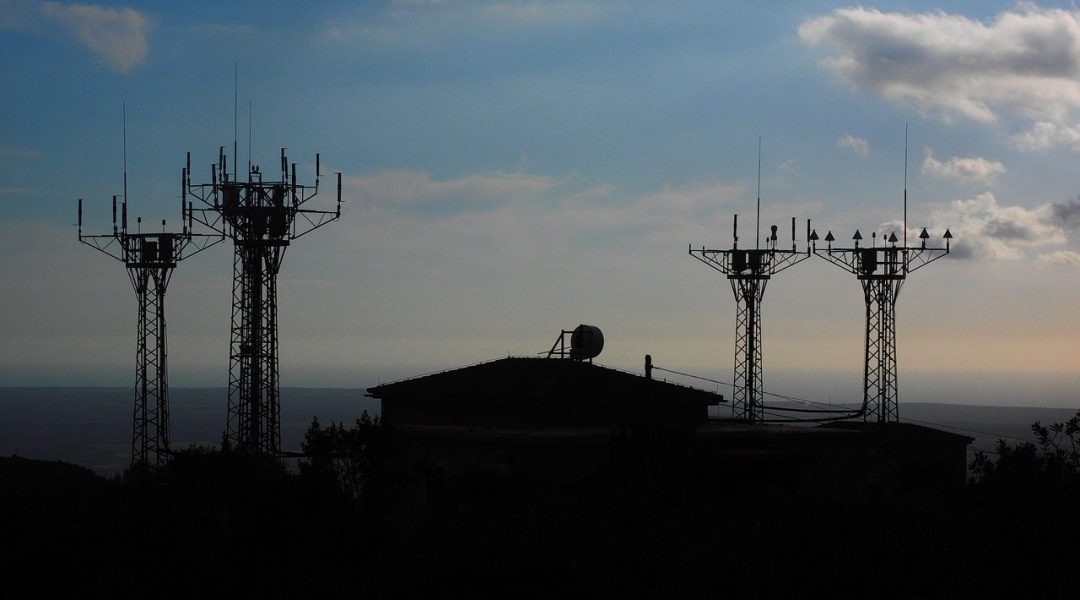Architesh Panda explores how the usage of the concept of ‘transformational adaptation’ (TA) in the context of agriculture has increased in recent years.

The Ethics of Climate Induced Displacement and Relocation
How can we avoid ethical blind spots in our efforts to help displaced communities rebuild their lives?

Robust Measurement of Hydrological Properties under a Changing Climate
Information about, and analysis of, how hydrological systems might respond to climate change is important for supporting best practice water planning decisions.

In Situ Vaccination in Cancer Immunotherapy
In situ vaccination therapy has immense potential in cancer treatment for clinical use. To date, in situ vaccination is already used to treat bladder cancer and melanoma, and with further study could become an important approach to expand immune-based cancer treatment.

Improving Nanomedicine Tumor Penetration by Design
Rational design of nanoparticles with state-of-the-art strategies can effectively improve the penetration as well as therapeutic efficacy of cancer nanomedicines

Hfq brings Speed Dating to Bacterial sRNA
The chaperone Hfq speeds up match-making between small regulatory RNA and mRNA in bacteria, helping bacteria respond to stress or changed growth conditions.

Microwave Links from Cellular Communication Networks As Rain Gauges
A novel way to measure rainfall, namely using microwave links from cellular communication networks as path-average rain gauges, is discussed.

Mix and Match Nanobiosensor Design using Self-Assembled DNA Nanostructures
DNA origami nanobiosensor: The binding of the bioanalyte (left) with the ssDNA-associated bioreceptor (center) on the surface of the DNA origami is transduced as a measurable change in properties (right) that can be recognized and quantified by a detector.

The Little Ice Age: Climate and Society in the 15th through 18th Centuries
Scholars in different fields have contrasted the fates of societies or communities that were “vulnerable” to climate change with those that seem to have been “resilient” or even consciously or unconsciously adaptive in the face of the Little Ice Age.
Environmental Water Efficiency: Maximizing Benefits and Minimizing Costs of Environmental Water Use and Management
Historically, the focus has been: how much water does the environment need? Finding the “right” allocation of water between consumptive and environmental water uses is a question of allocative efficiency. However, once water is allocated to the environment, question becomes: how can we get the best outcomes from this water?
